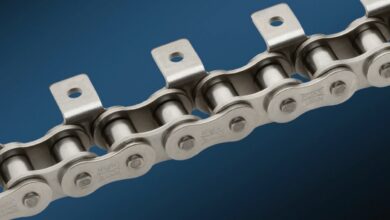How to Make the Most of a Virtual Data Room
A data room is intended to provide a safe, secure place in which parties can share confidential information. The use of a virtual data room for the storage and exchange of confidential information has become more prevalent in recent years. Data rooms are an attractive option when compared to other methods of exchanging information because they provide 24/7 access, allow for greater control by the sender with regards to how much is shared, have built-in security features, and are less expensive than traditional methods. Here, are some ways to make the most of your experience with a data room.
What is a virtual data room?
A virtual data room is a secure and private location in which one party can share confidential information with another party, as required by law. A virtual data room is typically owned by a third party who manages the virtual environment and secures access to data and information via a physical network. A virtual data room can be used for the exchange of documents, graphics, and other information (for example, draft documents and other forms of evidence).
When should you use a virtual data room?
One of the primary reasons why companies need to consider using a virtual data room is when exchanging confidential information. In the event that you or your organization is being sued in connection with a digital document or a public record, you need to have a secure ways of exchanging information in a digital environment. Virtual data rooms allow parties to exchange documents without revealing which document is being exchanged.
How should parties use a virtual data room?
Once your organization has established the standards for its virtual data room setup, it is important to understand how to use a virtual data room. The primary way to use a virtual data room is for multiple parties to share information without disclosing the document they are exchanging.
What to expect when entering a data room
When you enter a virtual data room, you should have several expectations. You should want confidentiality and discretion, and should also want a secure environment to share information. You should expect to be assured that all parties who have access to the data room itself will be able to access all of the information being shared, unless it is specifically blocked by you to another party using user-access controls. You want to be certain that no outside parties have access to the information while it is being exchanged.
Establishing your team
The first step to properly using a virtual data room is to establish your team. The more people involved in the process, the more assets you will be able to leverage. Different approaches will be needed in different situations, but the most important thing is to ensure that each team member is clear on what their roles and responsibilities are within the data room. The rest of the team will most likely be made up of different members who play different roles.
First, you need to ensure that each team member is trustworthy and that your data room is protected against hackers and cybercriminals. This will ensure that your confidential information stays confidential and only the intended recipient will have the ability to view it.
Choosing an appropriate workflow
When using a data room to exchange information, you have to ensure that you’ve created an appropriate workflow. There are many options available to choose from: the web-based approach, offline applications, and several types of messaging systems. Whatever method you choose, you should choose one that works best for your organization. The ideal workflow for your organization should be so customized that there’s little if any duplication in your data room processes.
Conclusion
Whether you’re a professional at a startup or a corporate executive at a Fortune 500 company, it is necessary to use data rooms to exchange and manage data in a secure and secure environment. By setting up your account correctly and making all parties aware of how to best use a data room, you will be able to make the most out of it and utilize all of its various features.




